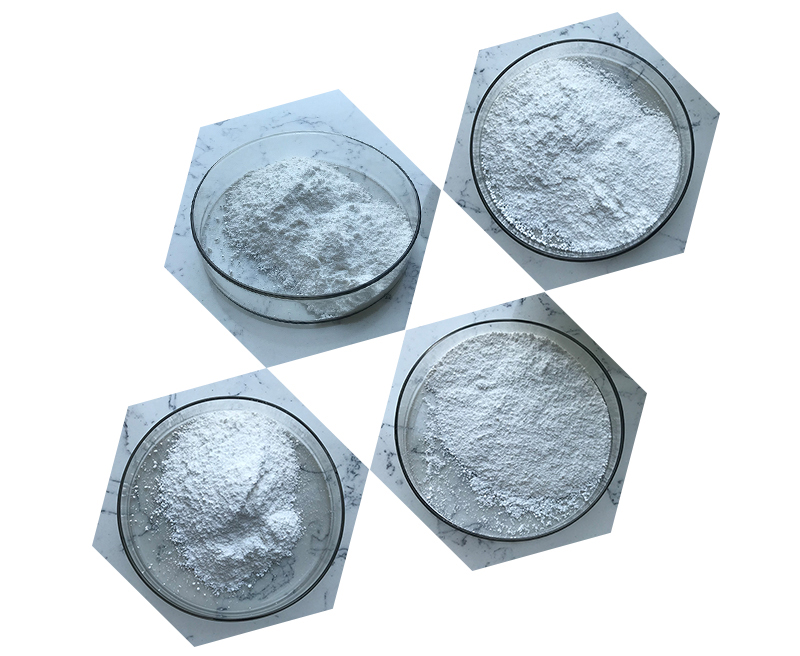Dutasteride and Finasteride are both medications used to treat conditions like benign prostatic hyperplasia (BPH) and male pattern baldness (androgenic alopecia). While they work similarly, there are differences in their mechanisms, effectiveness, side effects, and approval for various uses. Here’s a detailed comparison:
Mechanism of Action
- Finasteride: Inhibits the enzyme 5-alpha-reductase type 2, which converts testosterone into dihydrotestosterone (DHT), a hormone linked to hair loss and prostate enlargement.
- Dutasteride: Inhibits both type 1 and type 2 isoforms of 5-alpha-reductase, leading to a more profound reduction in DHT levels.

Efficacy
1.Hair Loss:
- Dutasteride is generally considered more effective for androgenic alopecia due to its stronger DHT suppression.
- Studies have shown dutasteride can reduce DHT levels by 90% or more, while finasteride typically reduces them by about 70%.
2.BPH:
- Dutasteride may also be slightly more effective than finasteride in reducing prostate size and relieving symptoms of BPH due to its dual action.
Approval
1.Finasteride:
- FDA-approved for BPH (5 mg/day, branded as Proscar).
- FDA-approved for male pattern baldness (1 mg/day, branded as Propecia).
2.Dutasteride:
- FDA-approved for BPH (0.5 mg/day, branded as Avodart).
- Off-label for male pattern baldness (though widely prescribed for this use).
Side Effects
Both drugs share similar side effects, but their incidence may vary:
1.Common Side Effects:
- Decreased libido
- Erectile dysfunction
- Ejaculatory dysfunction
- Gynecomastia (breast tissue enlargement in men)
2.Dutasteride:
- Because it suppresses DHT more comprehensively, it might have a slightly higher risk of side effects.
- Longer half-life (5 weeks compared to finasteride’s ~5–8 hours), meaning side effects might persist longer after discontinuation.
3.Finasteride:
- Shorter half-life and slightly less risk of persistent side effects.

Pregnancy Risk
- Both medications can cause fetal harm if handled by or ingested by pregnant individuals (category X). Tablets should not be crushed or broken.
Cost and Accessibility
- Finasteride is often cheaper and more widely available, including in generic form for hair loss.
- Dutasteride is generally more expensive, especially for off-label uses like hair loss.
Which One to Choose?
- Hair Loss: Dutasteride might be better for more advanced hair loss or when finasteride isn’t effective.
- BPH: Dutasteride may be slightly more effective, but the choice often depends on patient tolerance and cost considerations.
If you’re considering these medications, it’s important to discuss with your healthcare provider to weigh the risks, benefits, and your specific medical history.
